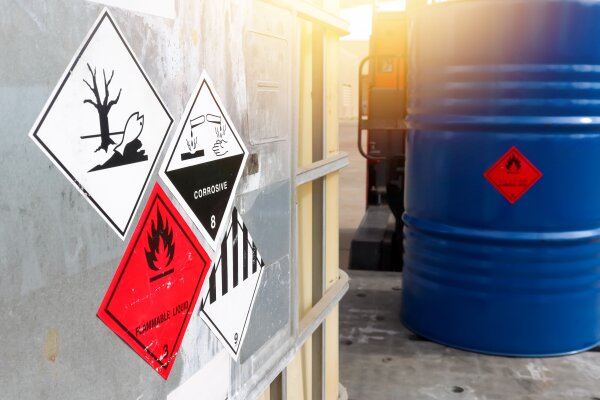Environmental protection: Targeted solutions for the elimination of (micro)plastics in waters
plastik-in-gewaessern.jpeg)
Countless animals die in agony in the world’s oceans because they suffocate on plastic parts or get caught in ownerless fishing nets, the so-called ghost nets. Other sea creatures, on the other hand, swallow vast quantities of microplastics in the course of their lives and, as a result, also die a very slow death. In fact, it is a very dramatic development – plastic is everywhere on this planet. But how can you get rid of all that plastic? Researchers around the world are working hard on these and other questions.
When there is too much plastic waste…
Animals swallow plastic parts, and the microplastic is also extremely harmful to the environment. Animals also die in agony from this. In addition, many people do not consider that the “plastic toxin” enters the human food chain directly through fish. Current statistics show that three quarters of the garbage in the world’s oceans is plastic. In figures, this means that 4.8 to 12.7 million tons of plastic pollute our waters every year. The trend is still upward. Every year, tens of thousands of animals lose their lives in this way.
Plastic does not belong in the environment – approaches to reducing plastic
Of course, it’s best to avoid plastic altogether. But that does not seem to be possible at present. Recycling appears to be a sensible alternative.However, the means to collect, sort and further process the waste are often lacking. Efficiency and a forward-looking approach are therefore essential.
Promising ideas – for the sake of the environment
Over time, a number of promising solutions have become established. In addition to designing environmentally compatible substitute materials, the long-term avoidance of plastics is essential.The German Federal Ministry of Education and Research (BMBF) recently launched a three-million-euro research project: “Plastics in the Environment – Sources, Sinks, Approaches”.
Modern wastewater treatment plants are designed to remove the
Microplastic particles to a large extent. With the help of special ultrafiltration devices, it is possible to sort out even fine particles. However, there is still room for improvement in the chemical preparations used for this purpose.
Focus on improving waste management Third World countries
Researchers are currently focusing their attention on optimizing waste management in Third World countries. For example, large portions of plastic waste there are disposed of via rivers into the world’s oceans. Poorly secured landfills along waterways and unfiltered plastic waste disposal in coastal regions must be addressed in any case. In this regard, it is a small ray of hope that funds are being released from grants and donations, among others, to improve infrastructures on the ground to manage waste. A simultaneous reduction in plastic waste would also help to tackle the massive problem in the long term – at least in part.
The huge variety of ghost nets in the waters
poses another problem. Scientists believe that a premium should be issued to fishermen to encourage them to stop leaving old nets in the sea. The subsequent collection of the nets, on the other hand, is significantly more time-consuming and costly. The “Fishing for Litter” campaign is also gaining more and more followers.This is about encouraging fishermen not to dispose of the litter they have in their nets in the fishing waters, but to bring it ashore with them. In this regard, however, it is important to prevent successive subsidization of the fishing fleets.
Notice:
Further information on the campaign is available on the Alfred Wegener Institute’s website www.litterbase.org.
The fact is that the much-discussed plastic bags are not the main issue in connection with the litter problem in the oceans. On the contrary, they play a central role with regard to the CO2 problem. The CO2 produced by waste incineration ends up in the air – and not in the sea. In any case, it is clear that a change in thinking is required at various levels in order to successively reduce the burden on the environment.
Do you have questions about the article or topic requests for a new article? Then don’t be afraid to contact us.




